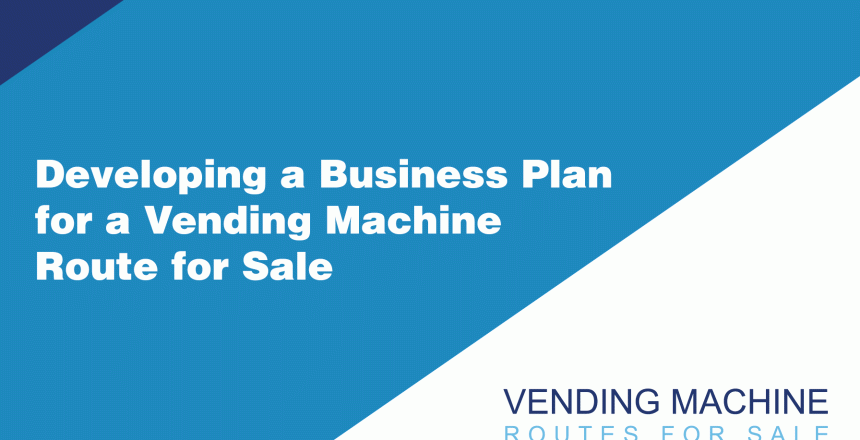Introduction
When considering a vending machine route for sale, crafting a strategic business plan is crucial for a successful acquisition and operation. Unlike traditional business plans, a plan for a vending machine route must focus on the specifics of vending operations, location dynamics, and inventory management. This guide provides a step-by-step approach to creating a business plan tailored to acquiring and managing a vending machine route.
Key Elements of the Business Plan
1. Executive Summary
- Business Overview: Offer a brief overview of the vending machine route, including its history and current market position.
- Acquisition Goals: Clearly state your objectives for purchasing and expanding the vending machine route.
2. Description of the Vending Machine Route
- Route Details: Outline the specifics of the route, including the number and types of vending machines, and their locations.
- Unique Selling Points: Highlight what makes this vending machine route attractive, such as high-traffic locations or exclusive product offerings.
3. Market Analysis
- Industry Insight: Present an analysis of the vending machine industry, including market trends and growth potential.
- SWOT Analysis: Conduct a SWOT analysis to assess the strengths, weaknesses, opportunities, and threats related to the route.
4. Organizational Structure
- Management Plan: Describe the management structure, including your role and any staff or contractors needed for route maintenance.
- Operational Workflow: Detail the operational aspects of managing the vending machine route, including restocking and maintenance schedules.
5. Operations and Logistics
- Daily Operations: Explain the logistical details of operating the route, including inventory management and machine servicing.
- Facilities and Equipment: Discuss the storage needs for inventory and any transportation requirements for servicing the machines.
6. Financial Planning and Projections
- Current Financials: Include financial statements that reflect the current performance of the vending machine route.
- Financial Forecasts: Provide projections for revenue, expenses, and cash flow, considering potential growth and expansion.
- Funding Needs: If seeking additional funding, specify the amount and how it will be utilized.
7. Marketing and Growth Strategy
- Marketing Objectives: Define your strategies for attracting new locations and increasing machine usage.
- Promotional Tactics: Outline marketing tactics, such as special offers, loyalty programs, or targeted advertising.
8. Regulatory Compliance and Risk Management
- Legal Compliance: Address any regulatory requirements specific to vending operations and food safety, if applicable.
- Risk Mitigation: Discuss strategies to manage potential risks, including machine vandalism or fluctuations in location foot traffic.
9. Exit or Expansion Strategy
- Future Planning: Include long-term plans, whether it’s expanding the route, upgrading machines, or an exit strategy.
Conclusion
Creating a business plan for a vending machine route for sale involves a focused approach on the unique aspects of vending operations. Your plan should provide a clear roadmap for acquiring, managing, and growing the vending machine route, backed by thorough market analysis and solid financial planning. A well-structured business plan is your key to turning a vending machine route into a profitable and sustainable business.
